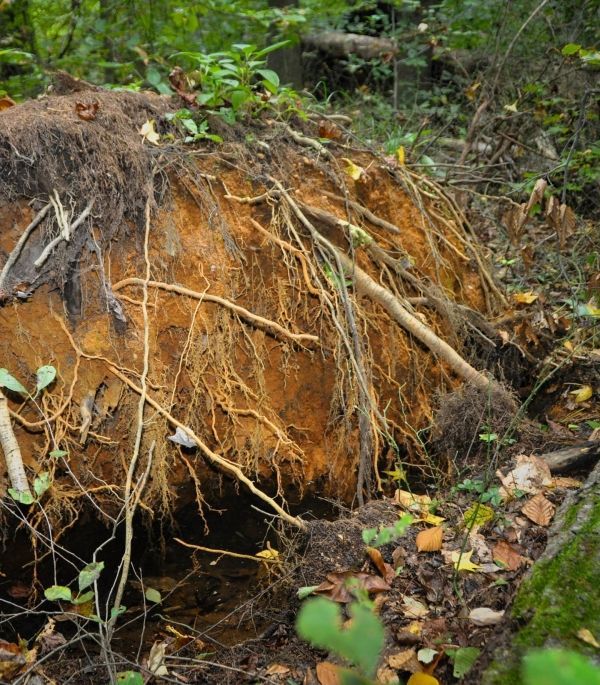Per- and polyfluoroalkyl substances (PFAS) are building up in the environment, and scientists are becoming concerned. These substances, ubiquitous as water-repellent or nonstick additives in many consumer products, are persistent and have been accumulating in organisms throughout the food chain over many years. Now, researchers reporting in the ACS journal Environmental Science & Technology have identified bacteria from a New Jersey wetland that, surprisingly, can break carbon-fluorine bonds and degrade PFAS.
The carbon-fluorine (C-F) covalent bond is the strongest in organic chemistry, and until now, no organism was known to be capable of breaking it. In previous work, Shan Huang and Peter Jaffé isolated a bacterium, called Acidimicrobiaceae sp. A6 (A6), from the soil of New Jersey wetlands that could perform an unusual chemical reaction: using iron in the soil to help break down ammonium, a pollutant found in sewage and fertilizer runoff, without any oxygen. Huang and Jaffé wondered if this reaction, called Feammox, could also help break down PFAS.
Read more at American Chemical Society
Image: A fallen tree exposes iron-rich soils, the source of PFAS-degrading bacteria in a forested wetland at the Assunpink Wildlife Management Area in New Jersey. (Credit: Peter Jaffé)


